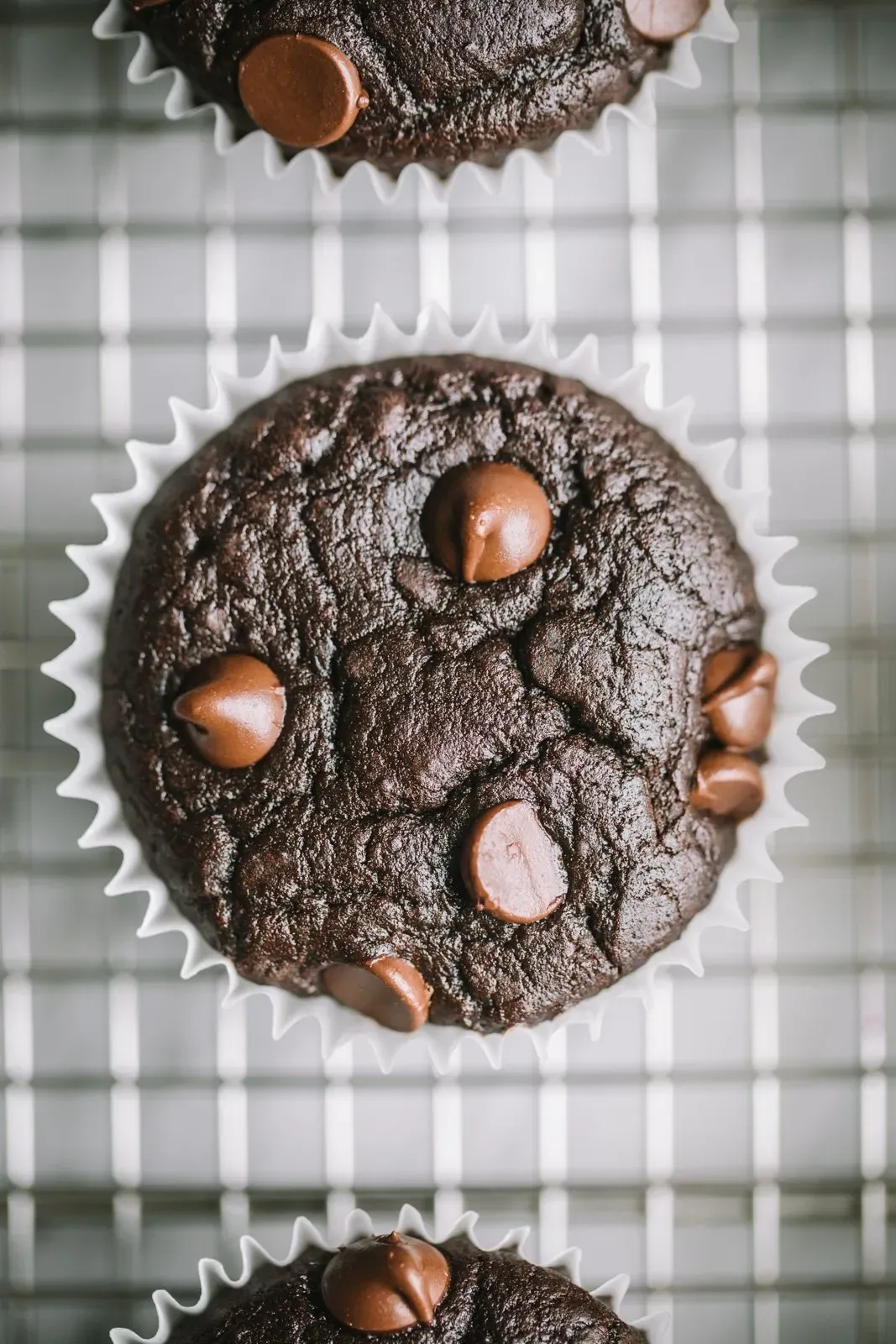Table of Contents
let's talk about a baking secret that sounds... well, a little weird at first glance.
Why Bake with Black Beans? Unexpected Brownie Muffins
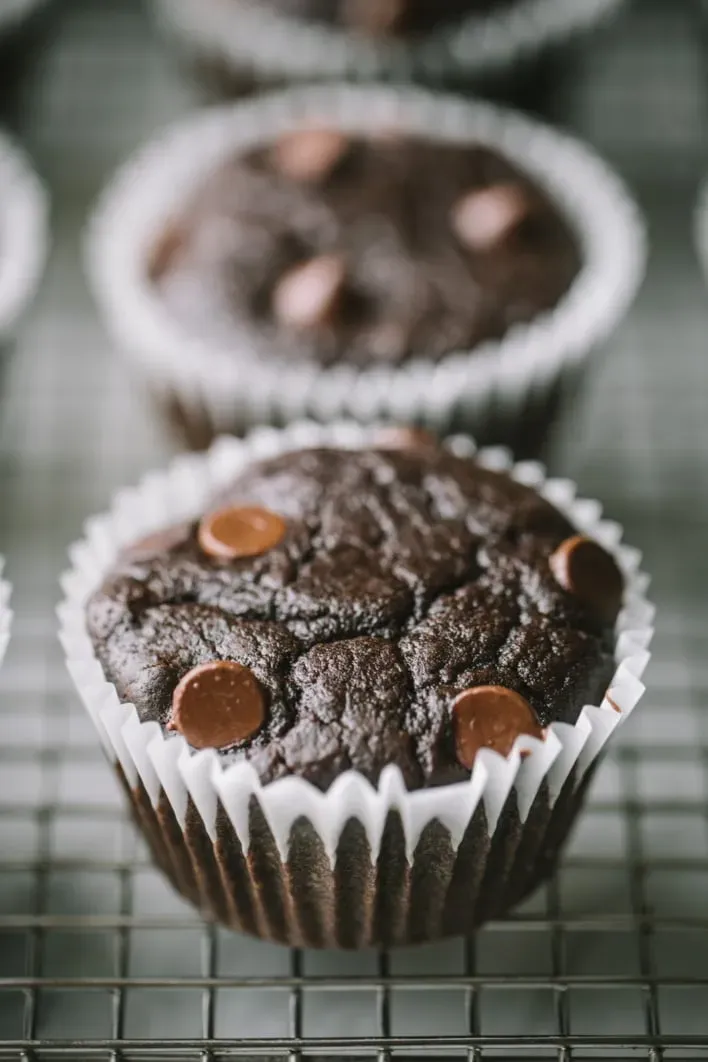
Why Bake with Black Beans? Unexpected Brownie Muffins
The Secret to Unmatched Moisture and Fudginess
let's address the elephant in the room, or rather, the bean in the brownie.
Why in the world would you put black beans in something as sacred as a brownie muffin?
The answer is surprisingly simple and effective: moisture and texture.
Traditional brownies often rely heavily on butter or oil for that coveted fudgy bite.
Black beans, when pureed properly, bring a natural creaminess and density that mimics fat in a way nothing else quite does.
They create an incredibly moist crumb that stays soft for days, a feat often challenging with gluten-free or lower-fat baking.
Think of them as tiny, flavor-neutral moisture bombs ready to elevate your black bean brownie muffins from good to absolutely spectacular.
You blend them until they're completely smooth, a velvety paste that disappears into the batter.
No lumps, no beany taste, just pure, unadulterated fudgy goodness.
Boosting Nutrition Without Sacrificing Flavor
Beyond the texture magic, tossing black beans into your brownie batter offers a sneaky nutritional upgrade.
Suddenly, your decadent treat comes with a dose of fiber and protein that you just don't get from a standard flour-sugar-fat combo.
This means they can be slightly more satisfying and less likely to send your blood sugar on a rollercoaster.
Worried about tasting the beans?
Seriously, stop.
The rich cocoa powder, sweetener, and other classic brownie flavors completely overpower any hint of bean.
It's a classic culinary sleight of hand: you get all the benefits – the incredible texture, the added nutrients – with none of the perceived drawbacks.
It's like getting a free pass to indulge a little more wisely, all thanks to the humble black bean finding its true calling in black bean brownie muffins.
Here's a quick look at what black beans bring to the party:
- Excellent source of dietary fiber.
- Good plant-based protein.
- Adds moisture naturally.
- Contributes to a fudgy texture.
- Effectively replaces flour in many recipes.
Whipping Up Your First Batch of Black Bean Brownie Muffins

Whipping Up Your First Batch of Black Bean Brownie Muffins
Gathering Your Arsenal and Prepping the Beans
so you're ready to tackle these black bean brownie muffins?
Excellent choice.
First things first, you need your players: canned black beans (rinsed like they owe you money), good quality cocoa powder, your preferred sweetener, a little baking powder or soda, maybe some vanilla, and whatever fat source the recipe calls for (oil or melted butter usually).
The absolute key here is the beans.
You need to drain and rinse them thoroughly.
Seriously, rinse them until the water runs clear.
This washes away that starchy liquid that can give you... well, bean flavor.
Then, into the blender or food processor they go.
Blend them until they are unbelievably smooth.
We're talking baby food smooth, no little flecks or lumps allowed.
This is the foundation for that incredible, fudgy texture.
Don't rush this step.
A grainy bean puree means grainy muffins, and nobody wants that.
Here's a quick checklist for your ingredients:
- Rinsed Black Beans (canned or cooked from dry)
- Good Quality Cocoa Powder
- Sweetener (sugar, maple syrup, etc. – choose your fighter)
- Fat (oil or melted butter works best for fudginess)
- Binding Agent (eggs or a vegan alternative like flax eggs)
- Leavening (baking powder and/or soda to help them rise just enough)
- Flavor Enhancers (vanilla extract and a pinch of salt are non-negotiable)
Combining, Baking, and Resisting the Urge to Devour Immediately
Once your bean puree is ready and your dry ingredients are measured out, it's mixing time.
Combine the wet ingredients (bean puree, fat, sweetener, binder, vanilla) in one bowl and the dry ingredients (cocoa, leavening, salt) in another.
Now, gently fold the dry into the wet.
This isn't cake batter; you don't need to beat it into submission.
Just mix until *just* combined.
Overmixing develops gluten (even if it's minimal from other ingredients, or just makes things tough) and can lead to a less tender crumb.
A few small streaks of dry mix are fine; they'll disappear during baking.
Spoon the batter into lined muffin cups.
Fill them about two-thirds full.
They won't rise dramatically like standard muffins, but they will puff up nicely.
Bake them at the temperature specified in your recipe – usually around 350°F (175°C).
Baking time varies, but typically 20-25 minutes.
You'll know they're done when a toothpick inserted into the center comes out with moist crumbs attached, not wet batter, but not completely dry either.
And here's the hardest part: let them cool in the muffin tin for a bit before moving them to a wire rack.
Seriously, resist the urge to grab one immediately.
They firm up as they cool, and trying to peel the liner off a hot one is a recipe for a crumbly disaster.
Patience is your friend here when making your first batch of black bean brownie muffins.
Troubleshooting Common Issues with Black Bean Brownie Muffins
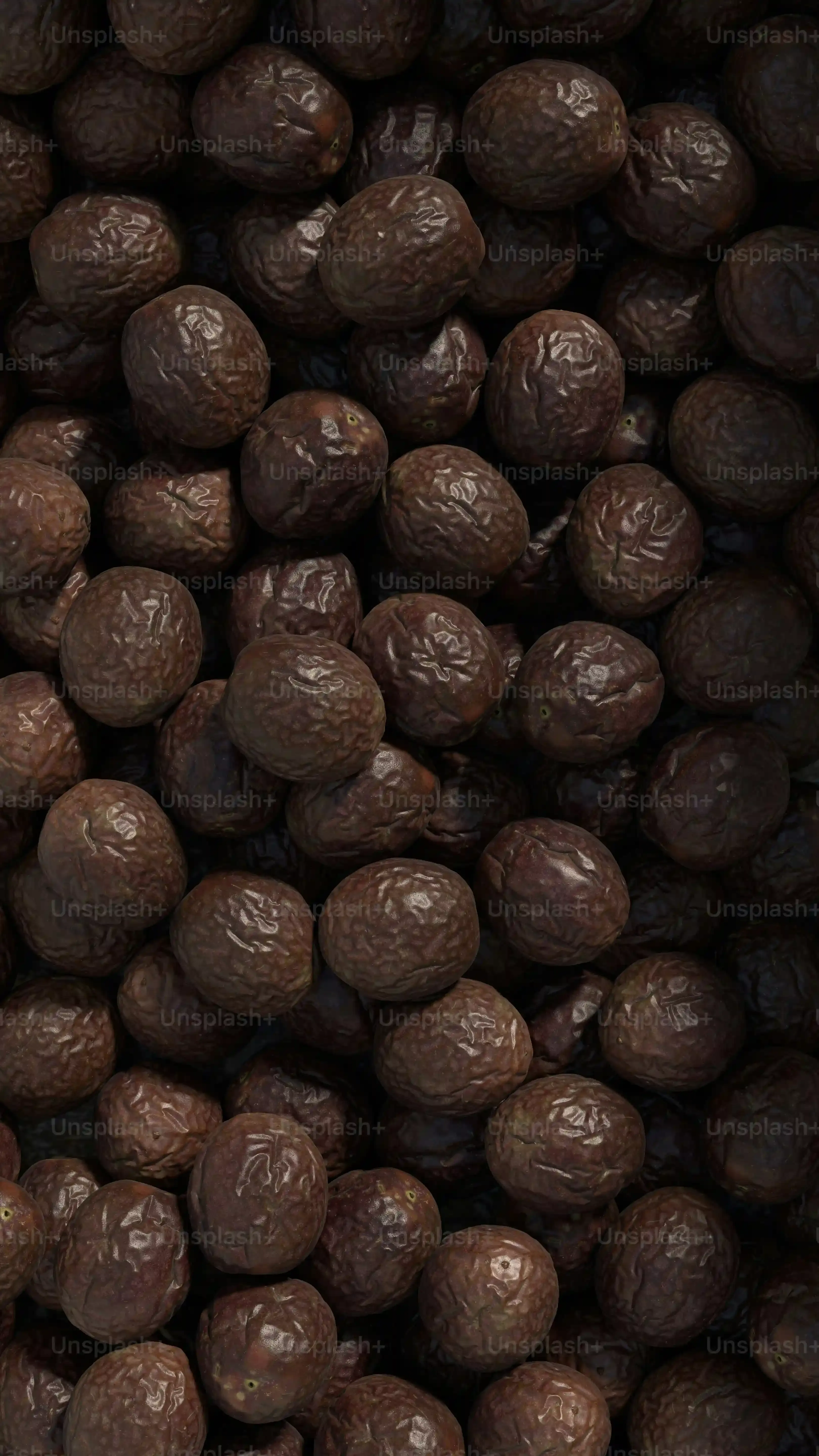
Troubleshooting Common Issues with Black Bean Brownie Muffins
Grainy Texture? Your Beans Weren't Blended Enough
So you took the plunge, baked your first batch of black bean brownie muffins, and they came out... a little grainy?
Like there are tiny little sandy bits in there?
Yeah, that's the beans.
This is the single most common issue people run into when they first try this recipe.
The fix is simple, but crucial: you did not blend your beans enough.
I cannot stress this enough – they need to be absolutely, positively smooth.
Run your finger through the puree; it should feel like thick, velvety paint, not applesauce with grit.
A high-powered blender helps, but even a standard food processor will work if you give it enough time and scrape down the sides repeatedly.
Sometimes adding a tablespoon or two of the liquid ingredient from your recipe (like oil or milk) to the blender can help get things moving and ensure a super-smooth consistency.
If your first batch wasn't perfect, don't ditch the idea; just commit to blending those beans into oblivion next time for truly smooth black bean brownie muffins.
Muffins Not Fudgy? Check Your Ingredients and Bake Time
Another snag you might hit is ending up with black bean brownie muffins that are too cakey or dry, rather than wonderfully fudgy.
Several culprits could be at play here.
First, double-check your fat source and amount.
Some recipes use more fat than others, and that fat is key to fudginess.
Swapping oil for melted butter can sometimes yield a slightly different texture, though both generally work well.
Second, and perhaps more importantly, you might have overbaked them.
Remember how I said a toothpick should come out with moist crumbs, not completely clean?
That's your sign.
Ovens vary wildly, so the baking time is often just an estimate.
Start checking a few minutes before the recipe says they should be done.
Overbaking is the fastest way to turn a potentially fudgy brownie muffin into a dry, sad disc.
Finally, ensure you're using good quality cocoa powder; dutch-processed often gives a deeper color and richer flavor which contributes to the overall "brownie" experience.
Common Black Bean Brownie Muffin Problems and How to Fix Them:
- Grainy Texture: Blend beans longer until perfectly smooth. Add a little liquid if needed.
- Too Cakey/Dry: Don't overbake! Check a few minutes early. Ensure recipe has enough fat.
- Muffins Sinking: Could be overmixing the batter or too much leavening. Mix gently until just combined.
- Taste of Beans: Rinsing beans thoroughly is key. Ensure strong cocoa/sweetener flavors.
Beyond the Basic: Flavor Combos for Black Bean Brownie Muffins
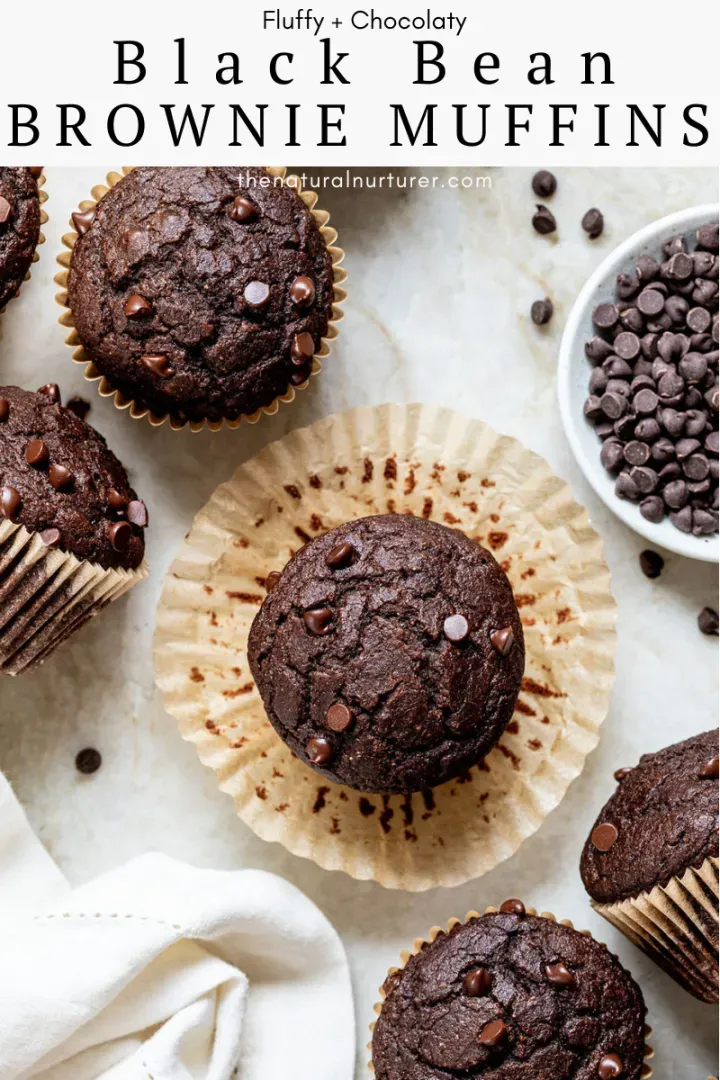
Beyond the Basic: Flavor Combos for Black Bean Brownie Muffins
Simple Swaps to Elevate Your Batch
so you've mastered the basic black bean brownie muffins. They're fudgy, they're moist, and nobody can believe they have beans in them.
Now what?
This is where the real fun begins.
Think of the basic recipe as your canvas.
The simplest way to mix things up is by adding mix-ins.
Chocolate chips are the obvious first step, right?
Dark chocolate, milk chocolate, white chocolate – throw 'em in.
Nuts are another classic.
Walnuts or pecans add a nice crunch that contrasts beautifully with the soft, fudgy interior.
Just chop them up and fold them in gently at the end.
Dried fruit, like cherries or cranberries, can also work, adding little bursts of tartness.
It's about adding layers of texture and flavor without reinventing the wheel, keeping your black bean brownie muffins familiar but exciting.
Getting Adventurous with Extracts and Spices
Ready to get a little more daring?
Let's talk about extracts and spices.
Just a tiny splash of peppermint extract turns these into mint chocolate wonders, perfect for the holidays or just when you're feeling fancy.
Orange extract paired with dark chocolate is a classic for a reason – it's sophisticated and bright.
Don't forget the spice rack.
A pinch of cinnamon or a touch of chili powder (trust me on this one, just a tiny bit) can add warmth and depth, playing nicely with the rich cocoa.
You could even try adding a tablespoon of espresso powder for a mocha kick.
These aren't huge changes to the base recipe for your black bean brownie muffins, but they make a noticeable difference, showing just how versatile this humble bean-based treat can be.
Here are a few flavor combinations to get you started:
- Dark Chocolate Chips & Sea Salt Sprinkle
- Walnuts & a dash of Cinnamon
- Dried Cherries & Almond Extract
- Peppermint Extract & White Chocolate Chips
- Orange Zest & Espresso Powder
Keeping Your Black Bean Brownie Muffins Fresh
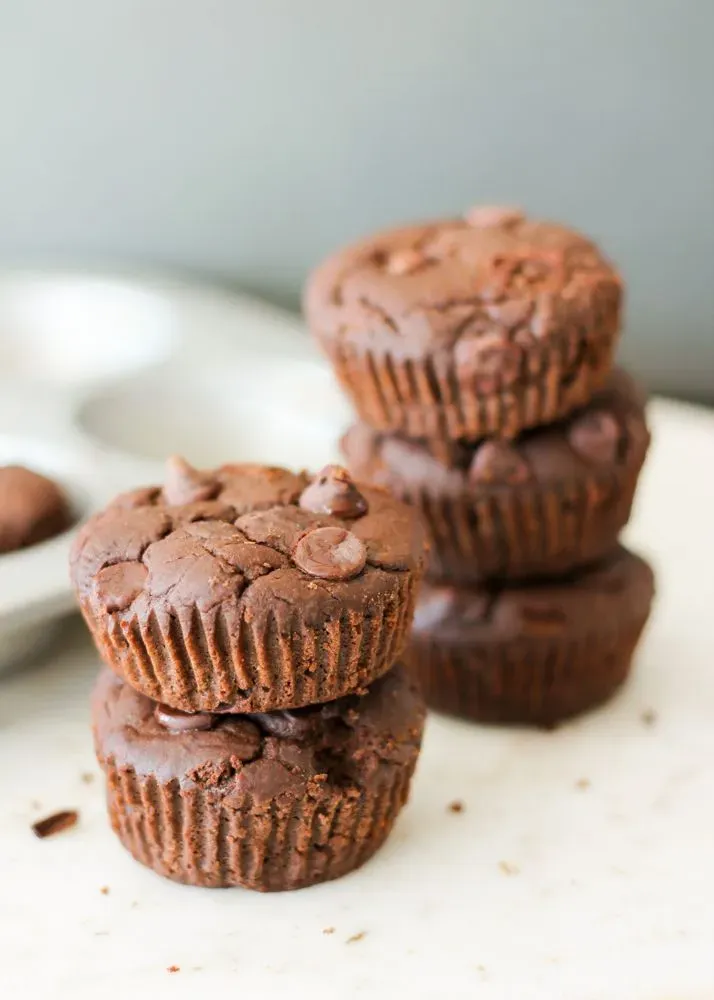
Keeping Your Black Bean Brownie Muffins Fresh
Alright, so you've successfully baked these incredible black bean brownie muffins, and somehow, miraculously, you haven't devoured the entire batch in one sitting.
Now you need to know how to keep them tasting just as good tomorrow, or maybe even the day after.
Because of the moisture from the beans, they stay tender longer than traditional baked goods, which is a huge win.
The best way to store them is in an airtight container at room temperature.
Just pop them in once they're completely cool.
Piling them up is fine, but if you're worried about them sticking, you can put a small piece of parchment paper between layers.
They usually stay excellent for 3-4 days this way.
If you need them to last longer, the freezer is your friend.
Wrap individual muffins tightly in plastic wrap or foil, then place them in a freezer-safe bag or container.
They'll keep well for up to 3 months.
Just pull one out and let it thaw at room temperature, or give it a quick zap in the microwave if you're impatient (and let's be honest, who isn't?).
Properly storing is key to enjoying your black bean brownie muffins beyond bake-day.
The Final Word on Black Bean Brownie Muffins
So there you have it. Black beans in your brownie muffins might sound like a culinary prank, but the proof is in the pudding, or rather, the moist, chocolatey bite. You've seen how these humble beans transform into the foundation for a surprisingly decadent treat, how simple it is to get them into the oven, and how to fix things if they don't come out perfect the first time (because let's be real, baking isn't always a fairy tale). You've got the green light to experiment with flavors and the know-how to keep your stash from going stale. Turns out, sometimes the weirdest ingredients make the most sense. Give these black bean brownie muffins a shot; you might just surprise yourself.
